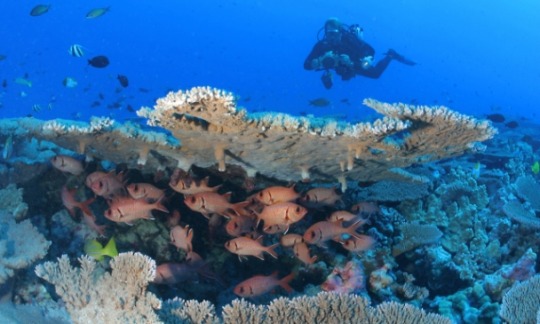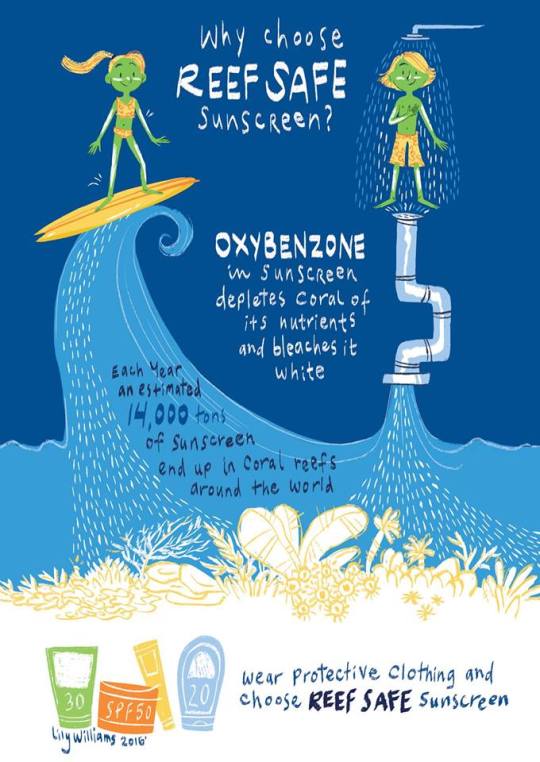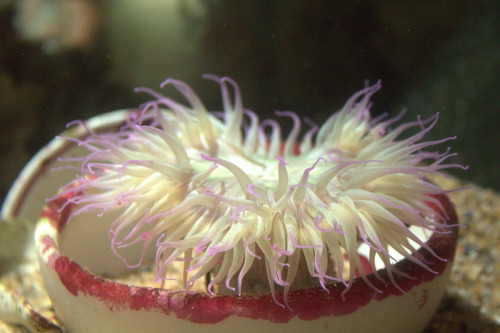#ocean pollution
I was shopping at Publixtoday (Publix is a very big supermarket chain based in Florida that can also be found in Georgia and up to North Carolina), and I noticed these in the produce section, and instantly became furious.
If you’ve read this blog for a while, you know how vehement I am about plastic pollution, so this just drove me up the wall. Why and how did we reach the point as a society for the need of vegetables individually wrapped in plastic?!Potatoes individually wrapped in plastic? I’m aghast.
Not only is this horrifying from an environmental perspective, but I also do not understand what the goal is. It’s not going to make the veggies last any longer, and it’s just going to get cut up and thrown in the trash.
This was probably my last time shopping at Publix. They should be ashamed to sell this stuff, and their “Green” department should not only get a reality check but also really educate themselves on plastic pollution and the impacts it has on the environment, the marine life, and our own health.
Post link
We all know that sunscreen is a must when going out in the sun if we don’t want to end up looking like a red lobster. But have you ever noticed that oily slick that appears around you when you go for a dip into the ocean? Have you ever wondered where all that sunscreen goes? As summer has arrived in the northern hemisphere, I figured now would be a good time to address this.

(Photo from The Nature Conservancy’s Hawaii Marine Program)
It turns out that your sunscreen, specifically the chemical oxybenzone, may be contributing to the decaying health of the coral reefs according to a studyfirst published in October 2015 in the journal Archives of Environmental Contamination and Toxicology. Oxybenzone causes endocrine disruption, DNA damage and death. It also exacerbates coral bleaching.
Now, you may think that just you and your sunscreen cannot possibly have an impact since the ocean is so big and all. However, somewhere between 4,000 and 6,000 tons of sunscreen enters coral reef areas around the world each year, according to the U.S. National Park Service.
That’s… a lot of sunscreen (and people), especially considering how little it takes to cause toxic effects. According to the study mentioned above, toxicity occurs at a concentration of 62 parts per trillion.

Measurements of oxybenzone in seawater within coral reefs and popular tourism areas in Hawaii and the U.S. Virgin Islands found concentrations ranging from 1.4 parts per million to 800 parts per trillion.That’s 12 times the concentrations needed to harm coral.
“The use of oxybenzone-containing products needs to be seriously deliberated in islands and areas where coral reef conservation is a critical issue,” says Craig Downs, one of the authors on the study. “We have lost at least 80 percent of the coral reefs in the Caribbean. Any small effort to reduce oxybenzone pollution could mean that a coral reef survives a long, hot summer, or that a degraded area recovers.”
Obviously, I am not telling you to stop using sunscreen! However, we must consider carefully what sunscreen we buy before swimming in the ocean. The National Park Services highly recommend the use of mineral sunscreens with titanium oxide or zinc oxide, as they have not been found to harm reefs.
Sunscreen by itself is not destroying coral reefs around the world. However, it is one more threat down the list working against these animals: warming sea temperatures, pollution, nutrients run-off, overfishing… If we start adding together all these little things, they all reduce the resilience of coral reefs to withstand bigger things like bleaching and disease.
We can do our part to help the corals by simply choosing oxybenzone-free products. I won’t get into that, but I have also read that oxybenzone is not very good for us humans either anyways.
Here are some of the brands I know of in the USA that do not contain oxybenzone: Stream2Sea,Badger Sunscreen,Cerave andSun Worshipper sunscreen. In France, I know of the brand Evoa. Either way, aim to purchase oxybenzone-free, organic and/or mineral sunscreens, rather than chemical sunscreens.

Yes yes yes! What a wonderful idea! A 100% biodegradable six-pack ring,plastic-free and made of barley and wheat leftover from the brewing process.
We need every beer company to support and switch to these edible six pack rings! In the meantime and if you must purchase a six-pack with plastic rings, don’t forget to cut it up before you throw it out, That way, if it accidentally ends up in the water, no animals will get entangled in the rings.

The fact that there is a lot of plastic deep in the ocean, shows how much we actually



